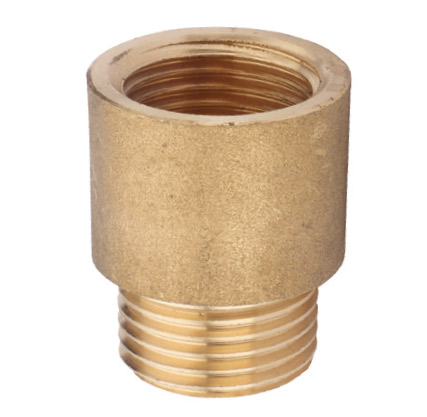The importance of automation in the production of brass fittings
Robotization and automation in the production chain of brass fittings makes the process repetitive and reliable

The precision demanded by the market for such a product as brass fittings is also achieved by exploiting the available modern production technologies, where among all the elements the main role is played by the robotized automation systems.
This type of machines enables one to have, during the production cycle of brass fittings, an extraordinary flexibility which reduces the tooling times, combined to a precision in positioning which ensures the final result. Every arm positioner is coupled to an identification system for the part which, thanks to high definition video cameras, succeeds in identifying the precise orientation of the object to take.
The utilization of these robots, however, also applies to the assembly phases of brass fittings, which are equally delicate: it is necessary, so us to avoid any complaint from the clients, that every part is correctly assembled according to well-defined standards, for it to be later wrapped in any package depending on the order.
The identification of brass fittings packages is done through labels equipped with bar code codification, which enables traceability inside the warehouse and the simplification of delivery operations towards the final client.
Every step of this tested process is regulated by the company’s quality control system based on the ISO 9001:2008 principles.
This type of machines enables one to have, during the production cycle of brass fittings, an extraordinary flexibility which reduces the tooling times, combined to a precision in positioning which ensures the final result. Every arm positioner is coupled to an identification system for the part which, thanks to high definition video cameras, succeeds in identifying the precise orientation of the object to take.
The utilization of these robots, however, also applies to the assembly phases of brass fittings, which are equally delicate: it is necessary, so us to avoid any complaint from the clients, that every part is correctly assembled according to well-defined standards, for it to be later wrapped in any package depending on the order.
The identification of brass fittings packages is done through labels equipped with bar code codification, which enables traceability inside the warehouse and the simplification of delivery operations towards the final client.
Every step of this tested process is regulated by the company’s quality control system based on the ISO 9001:2008 principles.
26/03/2015
I contenuti di questo sito non hanno carattere di periodicità e non rappresentano 'prodotto editoriale'.








